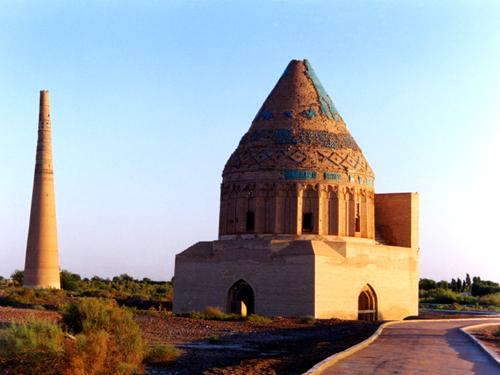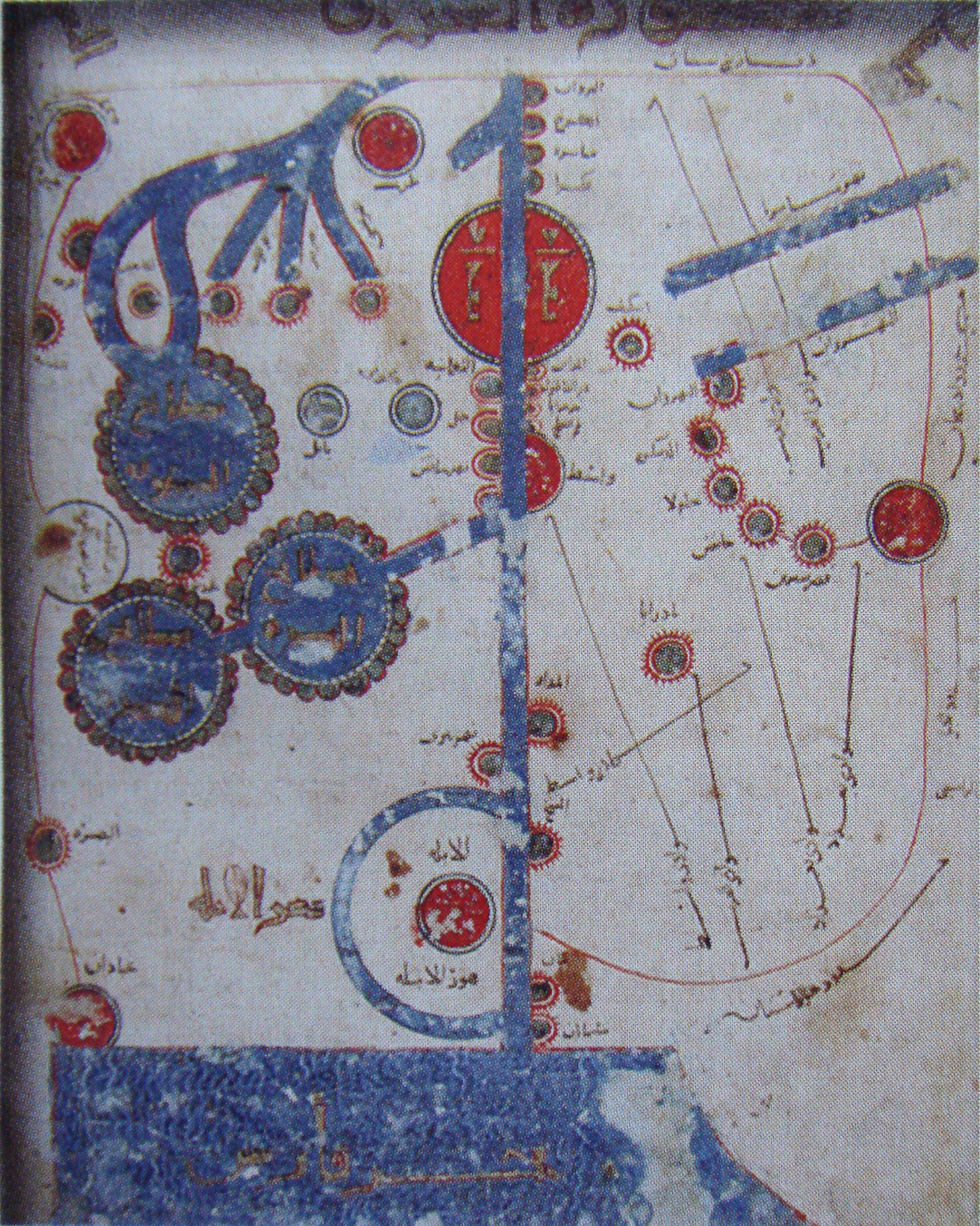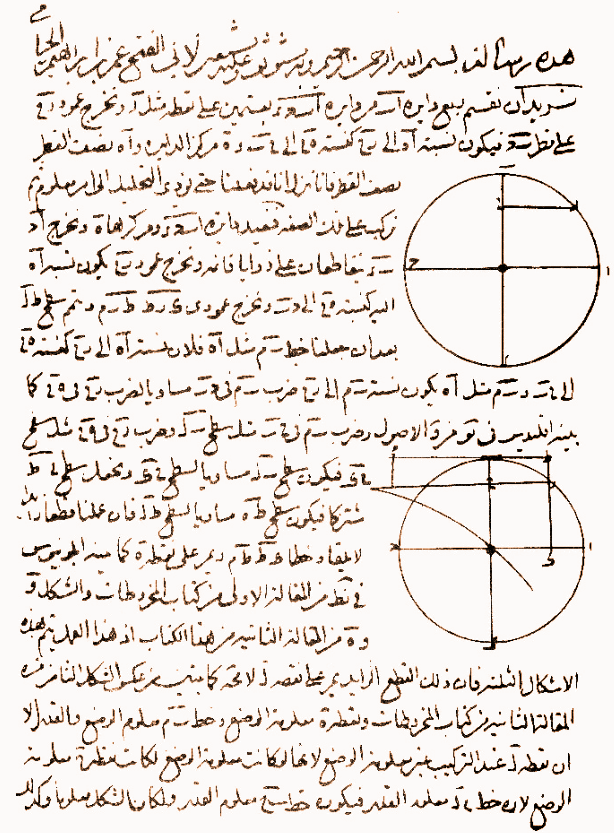|
Siege Of Merv (1221)
The siege of Merv () took place in April 1221, during the Mongol conquest of the Khwarazmian Empire. In 1219, Genghis Khan, ruler of the Mongol Empire, invaded the Khwarazmian Empire ruled by Shah Muhammad II. While the Shah planned to defend his major cities individually and divided his army to station in several garrisons, the Mongols laid siege to one town after another deep into Khorasan, heart of the Khwarazmian Empire. The city of Merv was a major center of learning, trade and culture of Khorasan, then part of the extensive Khwarazmian Empire. A Mongol force, estimated to number between 30,000 and 50,000 men and led by Tolui, son of Genghis Khan, traversed the Karakum Desert after destroying the former imperial capital Gurganj in the north. According to several contemporary historians, Merv's defenders surrendered to Mongols within 7 to 10 days. Historical accounts contend that Merv's entire population, including refugees, who had previously fled from other besieged t ... [...More Info...] [...Related Items...] OR: [Wikipedia] [Google] [Baidu] |
Mongol Invasion Of The Khwarazmian Empire
Between 1219 and 1221, the Mongol Empire, Mongol forces under Genghis Khan invaded the lands of the Khwarazmian Empire in Central Asia. The campaign, which followed Mongol conquest of the Qara Khitai, the annexation of the Qara Khitai Khanate, saw Destruction under the Mongol Empire, widespread devastation and atrocities. The invasion marked the completion of the Mongol conquest of Central Asia, and began the Mongol conquest of Persia. Both belligerents, although large, had been formed recently: the Khwarazmian dynasty had expanded from Khwarazm, their homeland to replace the Seljuk Empire in the late 1100s and early 1200s; nearly simultaneously, Genghis Khan Rise of Genghis Khan, had unified the Mongolic peoples and conquered the Mongol conquest of Western Xia, Western Xia dynasty. Although relations were initially cordial, Genghis was angered by a series of diplomatic provocations. When a senior Mongol diplomat was executed by Khwarazmshah Muhammad II of Khwarazm, Muhammed I ... [...More Info...] [...Related Items...] OR: [Wikipedia] [Google] [Baidu] |
Persians
Persians ( ), or the Persian people (), are an Iranian ethnic group from West Asia that came from an earlier group called the Proto-Iranians, which likely split from the Indo-Iranians in 1800 BCE from either Afghanistan or Central Asia. They are indigenous to the Iranian plateau and comprise the majority of the population of Iran.Iran Census Results 2016 United Nations Alongside having a common cultural system, they are native speakers of the and of the |
Rashid Al-Din Hamadani
Rashīd al-Dīn Ṭabīb (; 1247–1318; also known as Rashīd al-Dīn Faḍlullāh Hamadānī, ) was a statesman, historian, and physician in Ilkhanate Iran."Rashid ad-Din" ''Encyclopædia Britannica''. 2007. Encyclopædia Britannica Online. Accessed 11 April 2007. Having converted to from by the age of 30 in 1277, Rashid al-Din became the powerful of Ilkhan Ghazan. He was commissioned by Ghazan to write the ... [...More Info...] [...Related Items...] OR: [Wikipedia] [Google] [Baidu] |
Minhaj-i Siraj Juzjani
Minhaj-al-Din Abu Amr Othman ibn Siraj-al-Din Muhammad Juzjani (born 1193), simply known as Minhaj al-Siraj Juzjani, was a 13th-century Persian historian born in the region of Ghur. In 1227, Juzjani immigrated to Ucch and, thereafter, to Delhi Delhi, officially the National Capital Territory (NCT) of Delhi, is a city and a union territory of India containing New Delhi, the capital of India. Straddling the Yamuna river, but spread chiefly to the west, or beyond its Bank (geography .... The principal historian of the Mamluk Sultanate of Delhi in northern India, Juzjani wrote of the Ghurid dynasty as well. He wrote the '' Tabaqat-i Nasiri'' (1260 CE) for ''Sultan'' Nasiruddin Mahmud Shah of Delhi.''Indian Historical Writing c.600-c.1400'', Duad Ali, The Oxford History of Historical Writing: Volume 2: 400-1400, (Oxford University Press, 2012), 94. He died after 1266. See also * Muslim chronicles for Indian history References Sources * Further reading * External l ... [...More Info...] [...Related Items...] OR: [Wikipedia] [Google] [Baidu] |
Yaqut Al-Hamawi
Yāqūt Shihāb al-Dīn ibn-ʿAbdullāh al-Rūmī al-Ḥamawī (1179–1229) () was a Muslim scholar of Byzantine ancestry active during the late Abbasid period (12th–13th centuries). He is known for his , an influential work on geography containing valuable information pertaining to biography, history and literature as well as geography. Life ''Yāqūt'' (''ruby'' or '' hyacinth'') was the '' kunya'' of Ibn Abdullāh ("son of Abdullāh"). He was born in Constantinople, the capital of the Byzantine Empire, called in Arabic al-Rūm, whence his '' nisba'' "al-Rūmi". Captured in war and enslaved, Yāqūt became " mawali" to ‘Askar ibn Abī Naṣr al-Ḥamawī, a trader of Baghdad, Iraq, the seat of the Abbasid Caliphate, from whom he received the '' laqab'' "al-Hamawī". As ‘Askar's apprentice, he learned about accounting and commerce, becoming his envoy on trade missions and travelling twice or three times to Kish in the Persian Gulf. In 1194, ‘Askar stopped his salar ... [...More Info...] [...Related Items...] OR: [Wikipedia] [Google] [Baidu] |
Istakhri
Abu Ishaq Ibrahim ibn Muhammad al-Farisi al-Istakhri () (also ''Estakhri'', , i.e. from the Iranian city of Istakhr, b. – d. 346 AH/AD 957) was a 10th-century travel author and Islamic geographer who wrote valuable accounts in Arabic of the many Muslim territories he visited during the Abbasid era of the Islamic Golden Age. There is no consensus regarding his origin. Some sources describe him as Persian, while others state he was Arab. IV:222b-223b. The ''Encyclopedia Iranica'' states: "Biographical data are very meager. From his ''nesbas'' (attributive names) he appears to have been a native of Eṣṭaḵr in Fārs, but it is not known whether he was Persian". VIII(6):646-647 (I have used the updated online version). Istakhri's account of windmills is the earliest known. Istakhri met the celebrated traveller-geographer Ibn Hawqal, while travelling, and Ibn Hawqal incorporated the work of Istakhri in his book ''Kitab al-Surat al-Ard''. Works Istakhri's two surviving ... [...More Info...] [...Related Items...] OR: [Wikipedia] [Google] [Baidu] |
Omar Khayyam
Ghiyāth al-Dīn Abū al-Fatḥ ʿUmar ibn Ibrāhīm Nīshābūrī (18 May 1048 – 4 December 1131) (Persian language, Persian: غیاث الدین ابوالفتح عمر بن ابراهیم خیام نیشابورﻯ), commonly known as Omar Khayyam (), was a Persian poet and polymath, known for his contributions to Mathematics in medieval Islam, mathematics, Astronomy in the medieval Islamic world, astronomy, Iranian philosophy, philosophy, and Persian literature. He was born in Nishapur, Iran and lived during the Seljuk Empire, Seljuk era, around the time of the First Crusade. As a mathematician, he is most notable for his work on the classification and solution of cubic equations, where he provided a geometric formulation based on the intersection of conics. He also contributed to a deeper understanding of Euclid's parallel axiom. As an astronomer, he calculated the duration of the solar year with remarkable precision and accuracy, and designed the Jalali calendar, a solar ... [...More Info...] [...Related Items...] OR: [Wikipedia] [Google] [Baidu] |
Bradt Travel Guides
Bradt Travel Guides is a publisher of travel guides founded in 1974 by Hilary Bradt and her husband George, who co-wrote the first Bradt Guide on a river barge on a tributary of the Amazon. Since then Bradt has grown into a leading independent travel publisher, with growth particularly in the last decade. It has a reputation for tackling destinations overlooked by other guide book publishers. Bradt guides have been cited by ''The Independent'' as covering "parts of the world other travel publishers don't reach", and nearly two-thirds of the guides on the publisher's list have no direct competition in English from other travel publishers. These include guides to parts of Asia, Latin America and Africa, in particular, which traditionally have not been widely covered by guidebook publishers, or do not have a long history of tourism. Bradt also has an extensive list of regional European guides to destinations such as the Peloponnese, the Vendée and the Basque Country. The guides ... [...More Info...] [...Related Items...] OR: [Wikipedia] [Google] [Baidu] |
Elsevier Science
Elsevier ( ) is a Dutch academic publishing company specializing in scientific, technical, and medical content. Its products include journals such as ''The Lancet'', '' Cell'', the ScienceDirect collection of electronic journals, '' Trends'', the '' Current Opinion'' series, the online citation database Scopus, the SciVal tool for measuring research performance, the ClinicalKey search engine for clinicians, and the ClinicalPath evidence-based cancer care service. Elsevier's products and services include digital tools for data management, instruction, research analytics, and assessment. Elsevier is part of the RELX Group, known until 2015 as Reed Elsevier, a publicly traded company. According to RELX reports, in 2022 Elsevier published more than 600,000 articles annually in over 2,800 journals. As of 2018, its archives contained over 17 million documents and 40,000 e-books, with over one billion annual downloads. Researchers have criticized Elsevier for its high profit margins a ... [...More Info...] [...Related Items...] OR: [Wikipedia] [Google] [Baidu] |
Princeton University Press
Princeton University Press is an independent publisher with close connections to Princeton University. Its mission is to disseminate scholarship within academia and society at large. The press was founded by Whitney Darrow, with the financial support of Charles Scribner, as a printing press to serve the Princeton community in 1905. Its distinctive building was constructed in 1911 on William Street in Princeton. Its first book was a new 1912 edition of John Witherspoon's ''Lectures on Moral Philosophy.'' History Princeton University Press was founded in 1905 by a recent Princeton graduate, Whitney Darrow, with financial support from another Princetonian, Charles Scribner II. Darrow and Scribner purchased the equipment and assumed the operations of two already existing local publishers, that of the ''Princeton Alumni Weekly'' and the Princeton Press. The new press printed both local newspapers, university documents, '' The Daily Princetonian'', and later added book publishing ... [...More Info...] [...Related Items...] OR: [Wikipedia] [Google] [Baidu] |
Encyclopedia Britannica
An encyclopedia is a reference work or compendium providing summaries of knowledge, either general or special, in a particular field or discipline. Encyclopedias are divided into article (publishing), articles or entries that are arranged Alphabetical order, alphabetically by article name or by thematic categories, or else are hyperlinked and searchable. Encyclopedia entries are longer and more detailed than those in most dictionary, dictionaries. Generally speaking, encyclopedia articles focus on ''factual information'' concerning the subject named in the article's title; this is unlike dictionary entries, which focus on Linguistics, linguistic information about words, such as their etymology, meaning, pronunciation, use, and grammar, grammatical forms.Béjoint, Henri (2000)''Modern Lexicography'', pp. 30–31. Oxford University Press. Encyclopedias have existed for around 2,000 years and have evolved considerably during that time as regards language (written in a major inte ... [...More Info...] [...Related Items...] OR: [Wikipedia] [Google] [Baidu] |
Al-Ma'mun
Abū al-ʿAbbās Abd Allāh ibn Hārūn al-Maʾmūn (; 14 September 786 – 9 August 833), better known by his regnal name al-Ma'mun (), was the seventh Abbasid caliph, who reigned from 813 until his death in 833. His leadership was marked by the power and prosperity of the Abbasid Caliphate, al-Ma'mun promoted the Graeco-Arabic translation movement, the House of Wisdom, flowering of learning and the sciences in Baghdad, and the publishing of al-Khwarizmi's The Compendious Book on Calculation by Completion and Balancing, book now known as "Algebra". Making him one of the most important caliphs in the Islamic Golden Age. He is also known as a proponent of the rational Islamic theology of Mu'tazilism. Al-Ma'mun succeeded his half-brother al-Amin after a Fourth Fitna, civil war, much of his reign was spent on peace campaigns. His strong support for Mu'tazilism led him to imprison a Sunni Islam, Sunni Imam, Ahmad ibn Hanbal in an event that became known as ''mihna.'' Al-Ma'mun's for ... [...More Info...] [...Related Items...] OR: [Wikipedia] [Google] [Baidu] |






